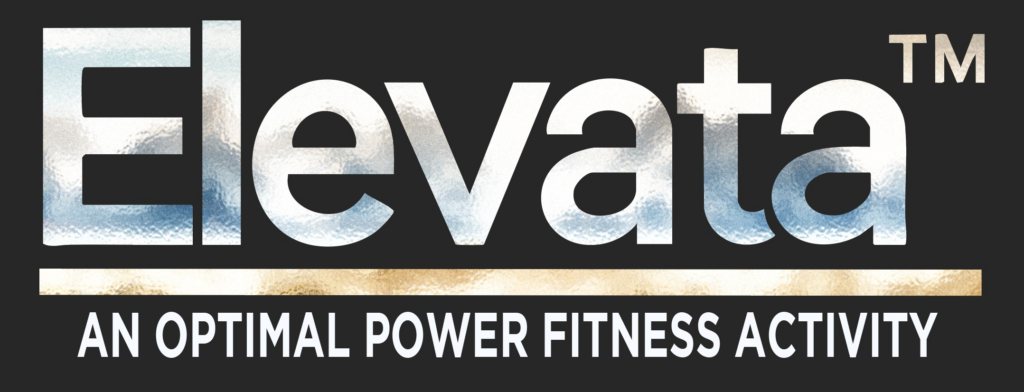GTO Spindle Coherence and Ghost Loads
The Disruptive Interaction: Why “Ghost Loads” Likely Hinder Optimal GTO-Spindle Coherence
Abstract:
Peak human movement – from sports performance to everyday agility – depends on a smooth partnership between two key muscle sensors: the Golgi Tendon Organs (GTOs) and Muscle Spindles. This perfect team-up, called GTO-Spindle Coherence, balances “go” and “slow down” signals to produce strong, safe movements. However, very fast, sharp forces known as “Ghost Loads” may disrupt this crucial balance. Based on clear neurophysiology principles, this article explores how Ghost Loads likely interfere with smooth muscle control and learning, and what that means for long-term physical health.
Introduction: Forces That Help, Forces That Hurt
It’s not enough to be strong — you also need precise control. Your nervous system relies on GTOs to sense tension and Muscle Spindles to sense stretch and speed. When their messages coordinate correctly, you can lift, sprint, jump, or balance with power and safety. We call this synchronized state GTO-Spindle Coherence ([1]).
However, Ghost Loads — extremely brief (< 0.05s) force spikes, such as those caused by impacts or abrupt decelerations — present a challenge. They're too fast for tissues to adaptively process, and may disrupt the natural sensor balance that keeps you moving well.
How Ghost Loads Activate Neural Sensors
- GTOs: Ghost Loads cause rapid tension spikes that trigger fast GTO firing ([2]).
- Spindles: Rapid vibrations and tiny stretches from impact stimulate intense bursts of spindle firing ([3]).
But here’s the catch: These bursts happen too quickly to stimulate beneficial tissue remodeling, such as piezoelectric responses necessary for bone and tendon strengthening ([4]).
Expand: Technical Deep Dive – Why Piezoelectric Benefits Require Longer Forces
Piezoelectric signaling, key to bone and tendon adaptation, typically needs forces sustained for about 0.1–0.25 seconds. Ghost Loads, lasting less than 0.05 seconds, are too brief to trigger the cascade of repair pathways like mTOR and ERK activation ([4]).
The Impact on GTO-Spindle Coherence
1. Signal Conflict and Timing Mismatch
The body expects coherent sensory input patterns. But Ghost Loads create high-intensity, very short bursts from both “go” and “stop” pathways simultaneously, confusing the spinal circuits that normally integrate them ([5]).
2. Protective Reflexes Override Skill
When startled by a rapid, high-force event, your nervous system defaults to:
- Co-contraction (stiffening both sides of a joint)
- Reflex inhibition or forced excitation, overriding your normal smooth control ([6]).
- Withdrawal/startle reflexes if the stimulus feels threatening ([7]).
3. Poor Feedback for Motor Learning
For skill-building, you need reliable feedback tied to your voluntary efforts. Ghost Loads deliver inconsistent, externally-driven shocks that don’t match your own movement intent, leading to “noise” instead of useful learning ([8]).
Expand: Practical Example of Reflex Dominance
Imagine sprinting and unexpectedly stepping on a small rock. Your GTOs and Spindles fire rapidly and simultaneously. Instead of adjusting smoothly, your body momentarily locks up or overreacts — disrupting your stride and exposing you to injury risk. Ghost Loads mimic this effect, but on a subtle and cumulative basis.
Conclusion: Why Managing Ghost Loads Matters
Ghost Loads are likely disruptive because they:
- Cause rapid, conflicting sensor activation
- Override fine motor control with emergency reflexes
- Disrupt useful sensorimotor learning
- Fail to promote adaptive tissue remodeling ([4][9])
Minimizing Ghost Loads during training and movement may be critical for developing the smooth, powerful, and safe performance associated with optimal GTO-Spindle Coherence — and for supporting healthier tissues over time.
Disclaimer: While these findings are based on established physiological principles, no specific medical claims are made. This article describes mechanisms that, while well-supported by research, are still under exploration for broader clinical validation. As always, consult a healthcare professional before making significant changes to your exercise regimen.
References
- Kandel, E.R., et al. Principles of Neural Science. (Proprioception, Motor Control chapters).
- Jami, L. (1992). Golgi tendon organs functional properties. Physiological Reviews, 72(3), 623-666.
- Matthews, P.B.C. (1981). Muscle spindle signaling. Handbook of Physiology.
- Fukada, E., & Yasuda, I. (1957). Piezo-electric effect of bone. J. Phys. Soc. Japan, 12(10), 1158-1162.
- Pearson, K.G., & Gordon, J.E. (2013). Motor control spinal circuits. Current Opinion in Neurobiology, 23(1), 123-130.
- Pierrot-Deseilligny, E., & Burke, D. (2005). Spinal circuitry timing. Circuitry of the Human Spinal Cord.
- Proske, U., & Gandevia, S.C. (2012). Proprioceptive senses overview. Physiological Reviews, 92(4), 1651-1697.
- Latash, M.L. (2010). Motor synergies and control learning. Human Movement Science, 29(4), 642-654.
- Thompson, W.R., et al. (2012). Mechanotransduction in cells. Annual Review of Biomedical Engineering, 14, 129-152.




